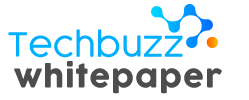Everything You Need To Know About eSignature
Digital signatures are like electronic “fingerprints.” In the form of a coded message, the digital signature securely associates a signer with a document in a recorded transaction. Digital signatures use a standard, accepted format, called Public Key Infrastructure (PKI), to provide the highest levels of security and universal acceptance. They are a specific signature technology implementation of electronic signature (eSignature).







